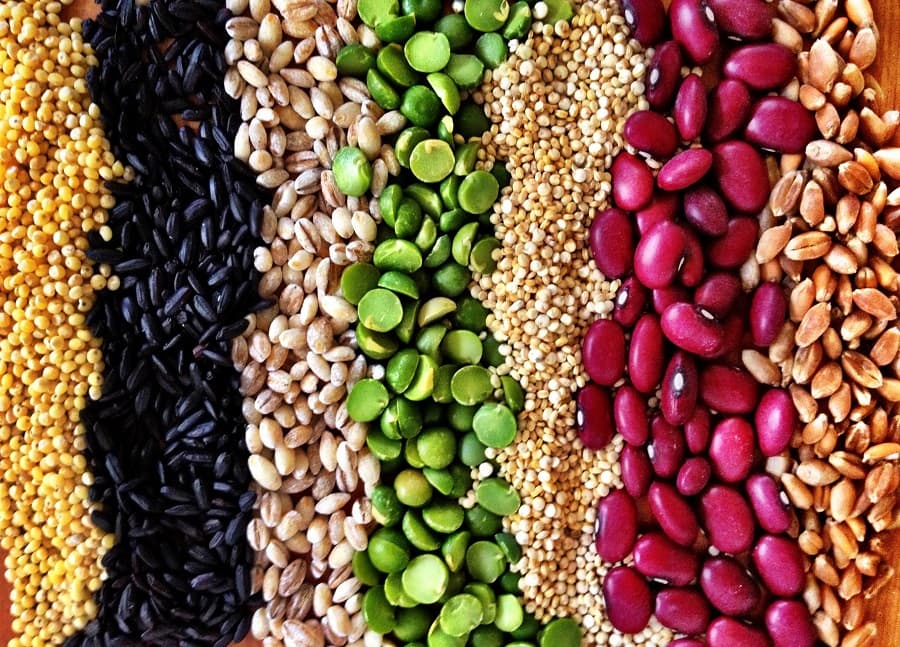
- Investment ideas
- Tools and platforms
What are soft commodities and how to trade them
Do you want to know how to make money from this?
Register for free and get expert advice, access to a training course and webinars.
Cocoa prices are at their highest since 1977 and traders are concerned about future supplies of the commodity. The main reason is dry weather in West Africa. It is therefore time to discuss the category into which the cocoa asset falls, namely the soft commodities.
“Soft” commodities encompass futures contracts tied to commodities that are grown rather than mined. This category, which includes some of the oldest actively traded futures, comprises various agricultural products. Examples within this group range from soybeans, cocoa, coffee, cotton, sugar, rice, and wheat to various types of livestock.
Definition of “soft” commodities
Soft commodities hold a significant position in the futures market, serving the dual purpose of allowing farmers to secure future prices for their crops and enabling traders to seek profit. The inherent uncertainty related to weather, pathogens, and various agricultural risks makes commodity futures in this category more prone to volatility compared to other futures.
To illustrate, factors such as weather conditions and planting/harvesting reports can trigger substantial price swings for grains and oilseeds. These fluctuations impact contract values in distinct ways, particularly concerning delivery times—a dynamic that is currently evident in the cocoa market.
“Soft” commodities and “hard” commodities: the difference
Soft commodities lack the clear definition often associated with hard commodities. They are best characterized as commodities that undergo a growth cycle, representing items that are cultivated. Coffee, cocoa, orange juice, sugar, corn, lumber, wheat, among others, follow a progression from planting to harvest, typically leading to subsequent processing.
Hard commodities, on the other hand, such as metals (copper, gold, silver, etc.) and energy resources (crude oil, natural gas, and their derivatives), are not cultivated but rather await extraction from the ground. Hard commodities can be found in geological deposits worldwide, while the growth of soft commodities is contingent upon regional climatic conditions.
Alternative classifications
Given the absence of a precise definition for what constitutes a soft commodity, alternative classifications have emerged. Agricultural commodities, at times, encompass meat, livestock, grains, and oilseeds, while cocoa, orange juice, etc., are often treated as a distinct category under soft commodities.
Conversely, the Intercontinental Exchange (ICE) takes a broader approach, including cocoa, coffee, sugar, cotton, and orange juice within the soft goods category. Additionally, grains and agricultural products are part of this classification.
For futures traders, the classification of a contract as a “soft commodity” holds less importance compared to a thorough understanding of its historical trends. Soft commodities, owing to their inherent volatility and variations in supply and demand cycles, can pose greater trading challenges than hard commodities.
As with any derivatives trading, investors must have a comprehensive understanding of the market they are entering, along with a clear grasp of the implications associated with the specific contract they intend to use, well in advance of committing any actual capital.
Advantages of soft commodity futures contracts
In contrast to stocks, futures contracts provide the option for short selling, offering market participants enhanced flexibility. This feature is advantageous for hedgers seeking to safeguard their physical positions and speculators aiming to establish positions aligned with market expectations.
As soft commodity markets operate on exchanges, clearing services play a crucial role in mitigating default risks. In this setup, the exchange steps in as a buyer for every seller, ensuring fulfillment of obligations in case a market participant fails to meet them. This mechanism acts as a safeguard against potential defaults in exchange-traded soft commodity markets.
Do you want to know
How to make money from the news
Register for free and get:
- Expert consultation;
- Access to the training course;
- Opportunity to participate in webinars

